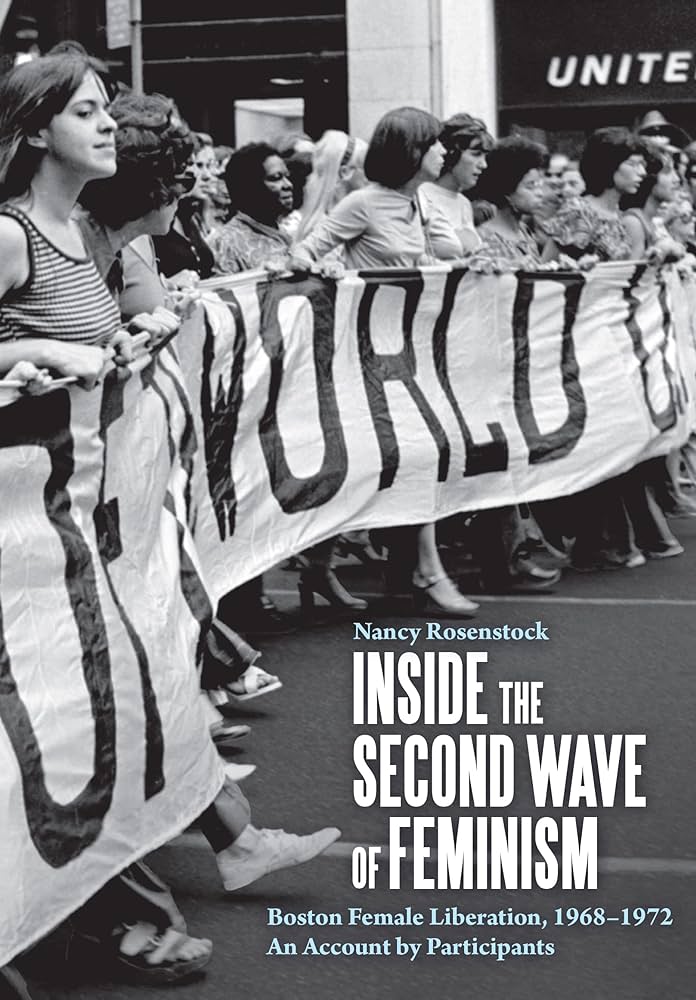Anne Rumberger:
The women’s liberation movement started building momentum in the late 1960s, as a response to the changing norms and culture of the time. It was partly inspired by the strategies of the civil rights movement. When did the movement really took off in the mainstream consciousness?
Nancy Rosenstock:
The Women’s Strike for Equality on August 26, 1970, which celebrated the fiftieth anniversary of women winning the right to vote, was a turning point in second-wave feminism because it was such a tremendous outpouring of women expressing their aspirations and demands. That action had three demands: free abortion on demand (and no forced sterilization); free, community-controlled twenty-four-hour childcare centers; and equal opportunities in jobs and education. The strike in 1970 was a massive success: fifty thousand people marched in New York City and there were marches in ninety other cities. We made national headlines. It brought our demands to the mainstream and brought many more people into the movement.
Anne Rumberger:
What were some of the triumphs and struggles in coalition building between women’s groups with different politics and priorities? And how did you overcome some of those ideological differences to focus on a unified set of demands?
Nancy Rosenstock:
Boston Female Liberation worked in a coalition for the rally in Boston on August 26, 1970. Our group was the leading activist wing of a coalition that was open to all who agreed on the demands of the action. A successful demonstration of over five thousand people took place. In New York City, all types of women participated: radicals and more conservative women, suburban women, lawyers, and students. It wasn’t hard to agree on the main demands, though there were differences in strategy and perspective.
After the success of the demonstration, people had different ideas of how to move forward. Even though we came together powerfully for August 26, the fragile coalition began to fall apart. A lesson for today is that the only way to move forward is to unite with as many other forces as possible around issues that we agree on, leaving aside our differences on other issues.
Today, with wave after wave of attacks on our rights, we can unite around the fight to maintain abortion as safe, legal, and accessible. We can build broad coalitions and action committees with those who share these demands. One of the strengths of Boston Female Liberation was that we were uncompromising in defense of feminism; we didn’t subordinate our struggle to Democratic or Republican politicians. We relied on our own power as a movement.
